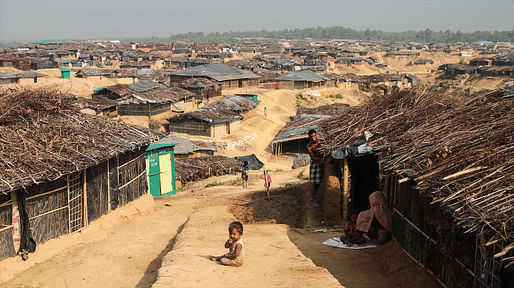

With the prospect of the Rohingya not being able to return to Myanmar for years to come, the prototypes in Camp 4 Extension reflect how aid and relief organizations are finding new ways to manage the long-term needs of the most populous refugee camp in the world. — CityLab
CityLab reports on the latest efforts to drastically improve living conditions inside Kutupalong Refugee Camp, the world's largest camp of its kind and currently home to more than 600,000 Rohingya Muslim refugees that fled from ethnic and religious persecution in Myanmar to neighboring Bangladesh.
"Designers in the U.S. are helping to facilitate these dreams for more stable refugee camps," write Victoria Milko and Clare Hammond in their CityLab article about recent design and infrastructure improvements.
"Nadyeli Quiroz and John David Wagner at Harvard’s Graduate School of Design are embarking on a year-long collaboration with OBAT Helpers, an Indianapolis-based community nonprofit, to explore how to create varied functional spaces within the camps, such as outdoor courtyards or provisional pop-up designs."
But making lasting progress is tricky. The Bangladeshi government insists on the temporary status of the camp — emphasizing that its Rohingya population would be returning to Myanmar in the near future — and has reportedly banned the construction of permanent housing.
No Comments
Block this user
Are you sure you want to block this user and hide all related comments throughout the site?
Archinect
This is your first comment on Archinect. Your comment will be visible once approved.